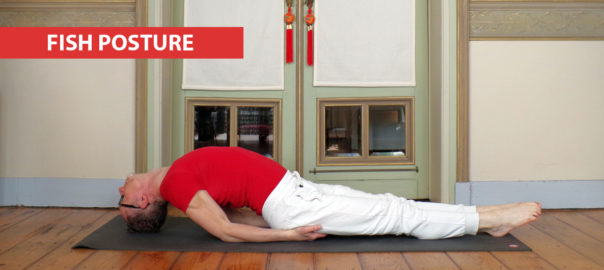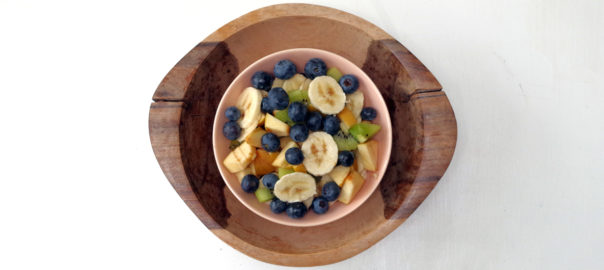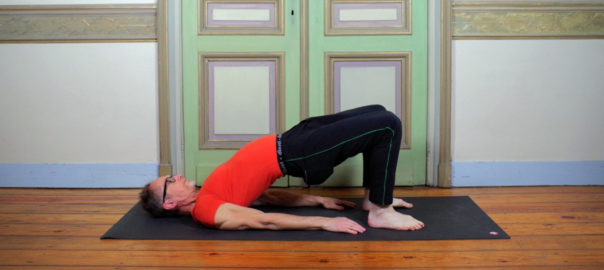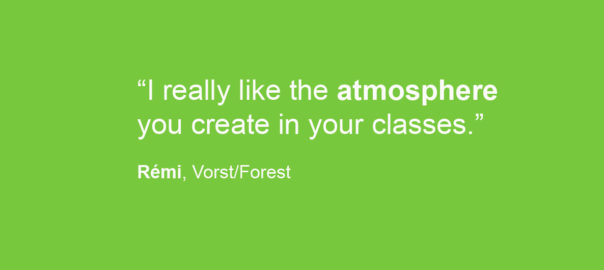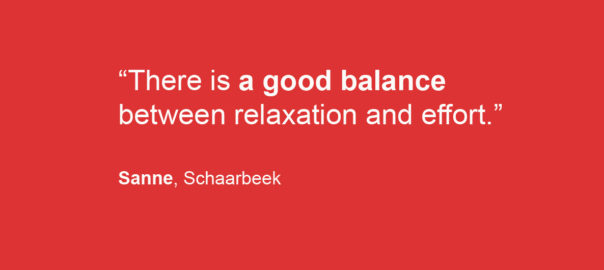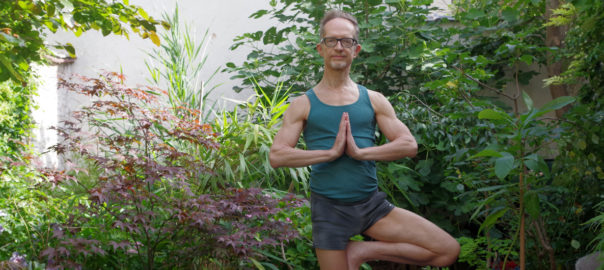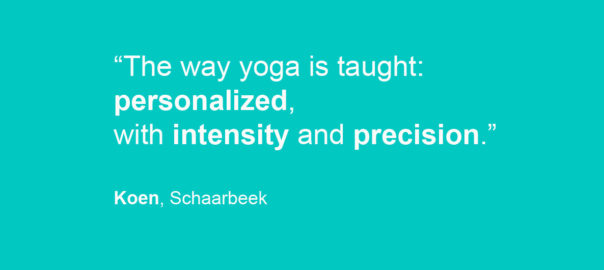You can attend as many group classes as you like. There are two facts you cannot ignore:.
- Yoga postures were originally intended as a preparation for (daily) meditation.
- Yoga was originally conceived as an individual, daily discipline.
Group classes or no group classes
Even though I like to teach group classes a lot, the finality of a group class is that they cancels themselves out at a certain point. That happens when you manage to create and maintain the discipline of a yoga moment at home on your own every day and make it to a daily ritual.
Only then does it make sense to take group classes.
But I myself also started my discovery of yoga through group classes in my former work environment. In a group class you acquire a good basis. From each yoga teacher you carry pieces of valuable knowledge with you. Group practice also has a unique, special energy and atmosphere that many people love. Especially people who need to be close to other people.
Group classes are also a simplification. Because every body, every soul, every mind, every individual human being is different. A group class cannot possibly fulfil all the individual needs of the moment. Even if the yoga instructors do their best, a group class will remain a “middle of the road” approach.
Those who practice yoga alone at home can make it a highly individual event, followed by a daily meditation practice that is also tailor-made.
Morning yoga
I myself practice yoga for 20-30 minutes maximum in the morning, before meditating for 20-30 minutes. This morning yoga completely changes the energy of my day. It also helps to get rid of the morning stiffness. Afterwards, I can meditate quietly whilst experiencing my body in a pleasant way. Or rather, I hardly feel my body at all. So I can meditate all the better on a mental level.
Some exercises, such as balancing on one leg, are much easier to me in the morning than in the evening. I have atypically shaped feet which give little support, making these postures an extra challenge. In the evening, when I have already been through the wringer of a very active day, I am much more wobbly than in the morning. This wobbling also happens during the group lessons in the evening. Then I am no longer “the yoga teacher who demonstrates the posture to perfection”. And I am fine with that.
Level one
You practice yoga for yourself, with yourself. With the body you have. And that body is different every day, it changes in time, because nothing is permanent. Yoga is therefore an exercise in changeability. And in accepting imperfection. The atypical foot. The occasional wobbling. One shoulder lower than the other. The somewhat crooked spine. It’s not about the perfect alignment, the flawlessly held pose or the aesthetic result.
Physical yoga practice is level one meditation. It means going through a physical and energetic experience that makes you aware. It is about becoming aware of your physical body and your vital energy.

